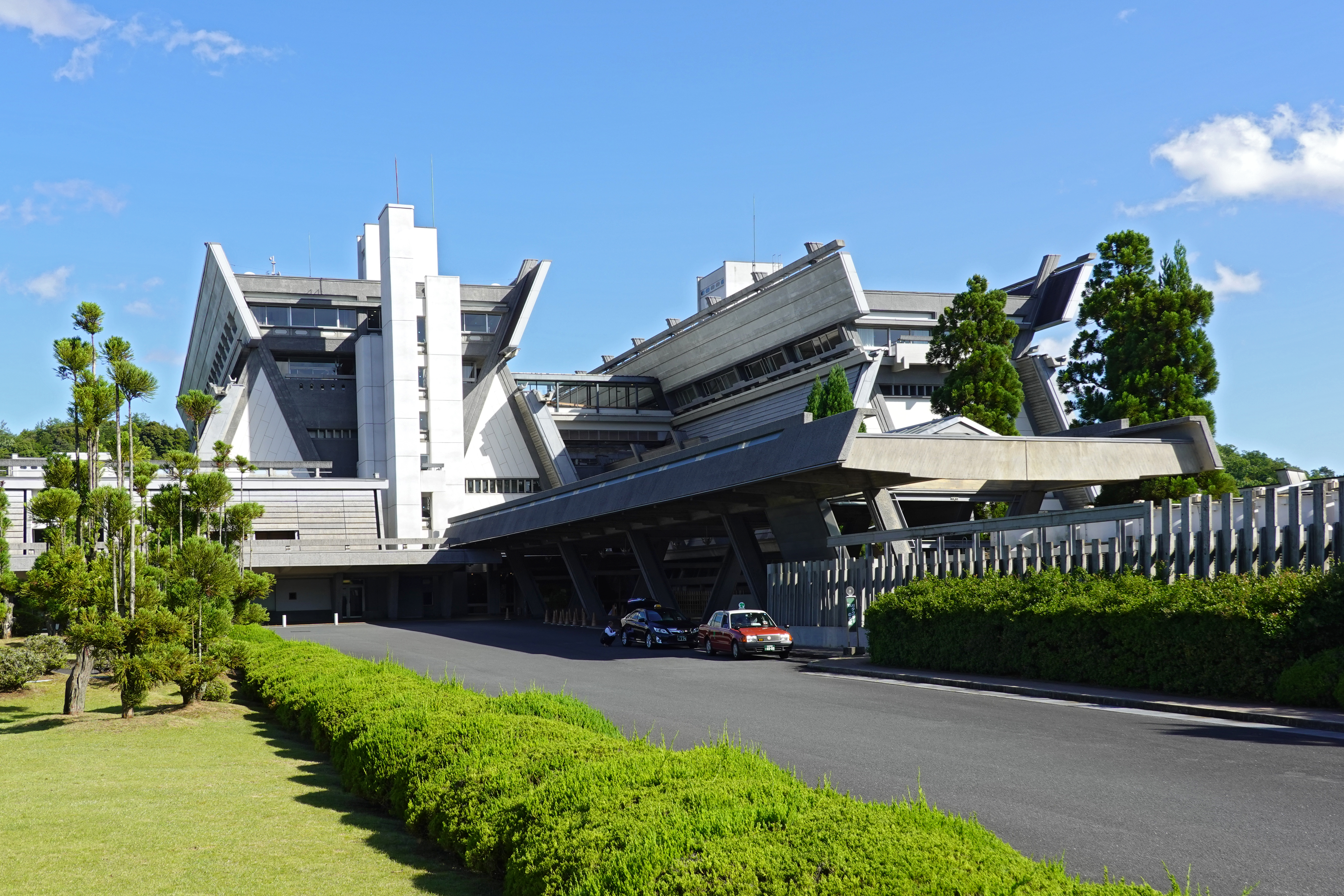|
Mitsuo Sawamoto
Mitsuo Sawamoto (澤本 光男 ''Sawamoto Mitsuo'', December 12, 1954) is a Japanese chemist specializing in the field of polymer chemistry, Emeritus Professor at Kyoto University, professor at Chubu University. He is co-recipient of the Franklin Institute Award in Chemistry in 2017 with Krzysztof Matyjaszewski, for their independent discover of Atom-transfer radical-polymerization (ATRP). Early life and education Sawamoto was born in Kyoto, Japan, on December 12, 1954. He received his BSc, MSc and PhD degree in 1974, 1976 and 1979, respectively, from Kyoto University. Career From 1980 to 1981, he worked as a postdoctoral scientist at the University of Akron, becoming a professor at Akron in 1981. A decade later, he moved to the Graduate School of Engineering of Kyoto University, where he was a professor of polymer chemistry. From 2008 to 2010 Sawamoto was president of The Society of Polymer Science, Japan (SPSJ). He is currently a member of the Science Council of Japan. H ... [...More Info...] [...Related Items...] OR: [Wikipedia] [Google] [Baidu] |
Kyoto
Kyoto ( or ; Japanese language, Japanese: , ''Kyōto'' ), officially , is the capital city of Kyoto Prefecture in the Kansai region of Japan's largest and most populous island of Honshu. , the city had a population of 1.46 million, making it the List of cities in Japan, ninth-most populous city in Japan. More than half (56.8%) of Kyoto Prefecture's population resides in the city. The city is the cultural anchor of the substantially larger Greater Kyoto, a metropolitan statistical area (MSA) home to a census-estimated 3.8 million people. It is also part of the even larger Keihanshin, Keihanshin metropolitan area, along with Osaka and Kobe. Kyoto is one of the oldest municipalities in Japan, having been chosen in 794 as the new seat of Japan's imperial court by Emperor Kanmu. The original city, named Heian-kyō, was arranged in accordance with traditional Chinese feng shui following the model of the ancient Chinese capitals of Chang'an and Luoyang. The emperors of Japan ruled fro ... [...More Info...] [...Related Items...] OR: [Wikipedia] [Google] [Baidu] |
Science Council Of Japan
The Science Council of Japan (SCJ) is a representative organization of Japanese scholars and scientists in all fields of sciences, including humanities, social sciences, life sciences, natural sciences, and engineering. , president of Toyohashi Tech, is the elected president as of 2016, having been elected for two consecutive terms starting in 2013. The SCJ is headquartered in Roppongi, a district of Minato, Tokyo. Members of the SCJ are elected by scientists of all levels, including research scholars. Elected members are confirmed by the Government of Japan, a method similar to that of the National Academy of Sciences in the United States, upon which the structure of the SCJ was based. It was officially founded in January 1949 to function as an independent scientific statutory body under the jurisdiction of the prime minister of Japan. As of 2015, the SCJ consists of 210 elected members appointed by the prime minister and 2,000 associate members. Its organizational setup includ ... [...More Info...] [...Related Items...] OR: [Wikipedia] [Google] [Baidu] |
Clarivate Citation Laureates
Clarivate Citation Laureates, formerly Thomson Reuters Citation Laureates, is a list of candidates considered likely to win the Nobel Prize in their respective field. The candidates are so named based on the citation impact of their published research.The list of awardees is announced annually prior to the Nobel Prize ceremonies of that year. In October 2016, Thomson Reuters Intellectual Property and Science Business was acquired by Onex and Baring Asia and the newly independent company was named as Clarivate. Thomson Reuters Citation Laureates was established in 1989. The list pertains to likely Nobel Prize winners in medicine, chemistry, physics, and economics. There appears to be a correlation between high citation rates for a published researcher and the award of prestigious accolades. Furthermore, citation rates disclose researchers furnishing instrumental contributions that advance the science of their respective field. Finally, choosing one tenth of one percent (0.1%) of th ... [...More Info...] [...Related Items...] OR: [Wikipedia] [Google] [Baidu] |
National Institute For Materials Science
is an Independent Administrative Institution and one of the largest scientific research centers in Japan. History The growth and development of today's scientific research center has passed through several phases in a number of locations: In 1956, the National Research Institute for Metals (NRIM) was established in Meguro, Tokyo, Japan. In 1979, NRIM opened an office in Tsukuba. By 1995 the institute had moved most of its functions to that location. The Meguro campus continues to exist; it remains a part of the NRIM successor, the National Institute for Materials Science. In 1966, the National Institute for Research in Inorganic Materials (NIRIM) was established in Toshima, Tokyo, Japan. NIRIM was moved to Tsukuba in 1972, in the very early stages of the Tsukuba Science City. This event was considered as the first transfer of a national research institute in Japan. An independent administrative institute NIMS was established in Tsukuba by merging NRIM and NIRIM in 2001. Ca ... [...More Info...] [...Related Items...] OR: [Wikipedia] [Google] [Baidu] |


